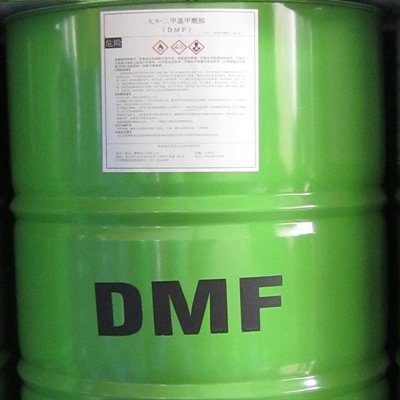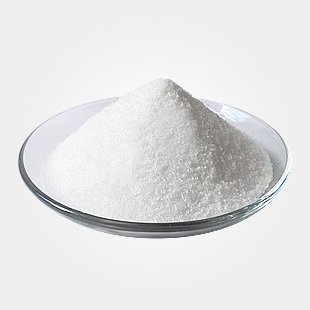
Dimethylformamide is referred to as DMF. It is a compound formed by replacing the hydroxyl group of formic acid with dimethylamine, with the molecular formula HCON(CH3)2. It is a colorless, transparent, high-boiling liquid with a light amine smell and a relative density of 0.9445 (25°C). Melting point -61°C. Boiling point 152.8°C. Flash point 57.78°C. Vapor density 2.51. Vapor pressure 0.49kpa (3.7mmHg25°C). Autoignition point 445°C. The explosion limit of the vapor-air mixture is 2.2-15.2%. It can cause combustion and explosion when exposed to open flames and high heat. It can react violently with concentrated sulfuric acid and fuming nitric acid and even explode. It is miscible with water and most organic solvents. It is a common solvent for chemical reactions. Pure dimethylformamide has no odor, but industrial-grade or deteriorated dimethylformamide has a fishy smell because it contains dimethylamine impurities. The name comes from the fact that it is a dimethyl substitute of formamide (amide of formic acid), and both methyl groups are located on the N (nitrogen) atom. Dimethylformamide is a polar (hydrophilic) aprotic solvent with a high boiling point, which can promote the SN2 reaction mechanism. Dimethylformamide is made from formic acid and dimethylamine. Dimethylformamide is unstable in the presence of strong bases such as sodium hydroxide or strong acids such as hydrochloric acid or sulfuric acid (especially at high temperatures), and is hydrolyzed into formic acid and dimethylamine. It is very stable in air and when heated to boiling. When the temperature is higher than 350°C, it loses water to produce carbon monoxide and dimethylamine. N,N-dimethylformamide is a good aprotic polar solvent that can dissolve most organic and inorganic substances and is miscible with water, alcohols, ethers, aldehydes, ketones, esters, halogenated hydrocarbons and aromatic hydrocarbons. The positively charged end of the N,N-dimethylformamide molecule is surrounded by methyl groups, forming a spatial barrier that prevents negative ions from approaching and only associates with positive ions. The activity of naked anions is much greater than that of solvated anions. Many ionic reactions are easier to carry out in N,N-dimethylformamide than in general protic solvents. For example, the reaction of carboxylates and halogenated hydrocarbons in N,N-dimethylformamide at room temperature can produce esters with high yields, which is particularly suitable for the synthesis of sterically hindered esters.









